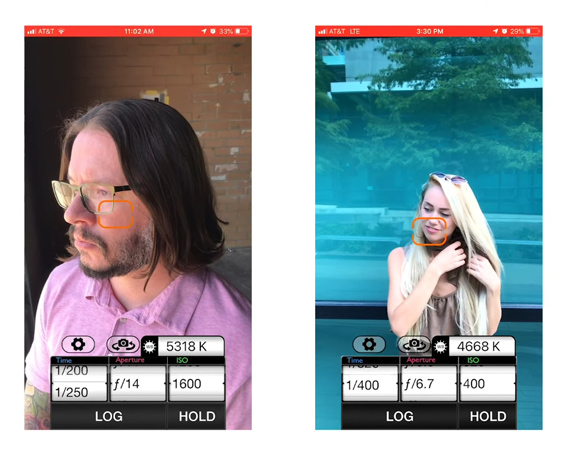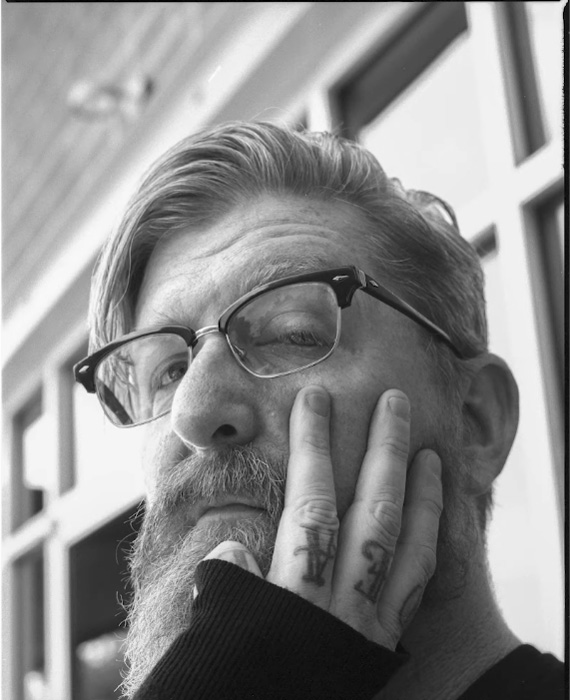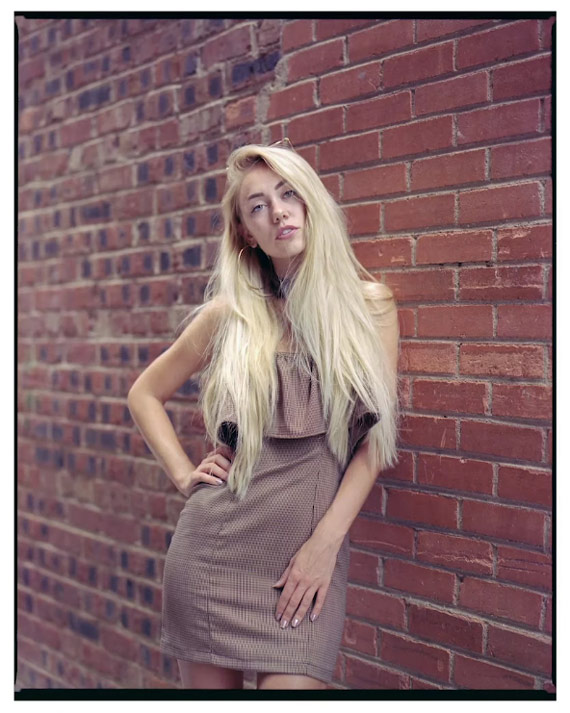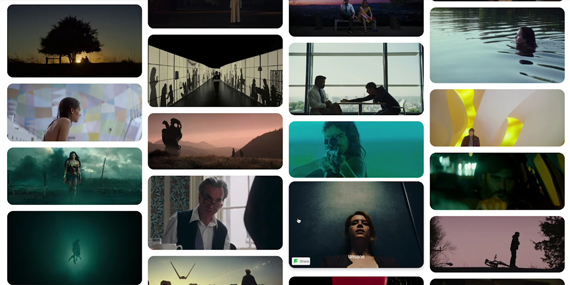Photography has become more convenient since the introduction of digital cameras. While the concepts remain the same, the technology has improved by leaps and bounds making the workflow more efficient. However, film photography hasn’t lost its charm. Photographer Logan Baker with Shutterstock shares six useful tips for shooting portraits using film:
1. Metering
Analog cameras have built-in light meters that move up and down to let you know if your shots are well exposed or not. However, not all cameras have them so it’s recommended that you get yourself an incident light meter. Baker uses the Sekonic L-308S-U. If you’re on a budget or just getting started, you can also use apps like Pocket Light Meter.

2. Saving Time and Money
When going from digital to film, focusing and metering are two factors that take a bit of time to get used to. Keep your eyes out to ensure that your images are sharp and well exposed. Focusing and metering after every shot can really be tedious and time-consuming. However, if you’re in the same spot taking multiple photos, it’s okay if you choose to meter after every other shot. This will drastically save time without hindering the output much.
3. Don’t Start With Your Big Idea
You can’t expect every shoot to go smoothly. Some days, you and the model may not gel together. On other days, something in the surrounding may cause a distraction in the shoot. This can be a challenge when you’re shooting portraits on film:
- You get fewer shots.
- There’s more pressure.
- Time is limited.
- You’re restricted to the location and the lighting when shooting outside.
You need to plan out a film shoot carefully by factoring in the chances of something going wrong. One important aspect to consider when planning a film shoot is the location and the lighting. Since you don’t have the same flexibility as a digital camera when working with film, you need to be confident about light. Be sure about where the sun will be. There are lots of apps that can help with this. Also consider the film stock you plan to use. Since every film stock renders colors, contrast, and skin tones differently, spend some time choosing the right film for your idea.
When planning for your shoot, you may tend to build an image in your mind that you want from the shoot. But, due to the challenges associated with film photography, chances are high that you’ll start getting frustrated. To avoid such circumstances, make sure that you warm yourself and the model up and set a rhythm to the shoot. Start by taking test shots. They don’t have to be perfect. They’ll act as an ice-breaker to help you and the model get comfortable with each other.
“When you do get to the location or the shot that you really want to get, the more comfortable they are, the more comfortable you are, the better the photo will be in the end.”
4. Posing Your Subject
Portraiture is a versatile genre of photography. You can take a tight image of the face, the waist-up, whole body, or an environmental portrait. But if you don’t know where to begin, Baker suggests that you start with placing their hands in places you wouldn’t normally place them. It might look weird in real life, but it can translate to an interesting portrait.
“Having some direction ready for what you want them to do with their hands is a good idea. It also tells them that you know what you’re doing.”
5. Choosing the Right Film
Film plays a big role in deciding how your final images will come out. It determines the color tones, the contrast, and the grain structure. Every film has its own definite look.
“From the start of getting the film, loading it up, going to your shoot, taking the photos, sending the film off or developing it yourself, scanning the negatives, editing it in Lightroom (if you do edit them), and then having the finished product; it’s a really involved process.”
It is therefore essential that you are clear with what kind of conditions you will be working in, and what kind of look you’re going for. Then choose your film stock accordingly.
6. Creating Your Style
If you find yourself low on creativity, going to movies and looking at the works of certain cinematographers can be a good way to get inspired. This can help you create a vision for a shot in your mind ahead of the actual shoot. Getting inspired from others is always a good thing. This will also force you to be more creative.
Keep these simple tips in mind if you’re planning for a portrait shoot using film. They’ll help you plan better for the session.
Like This Article?
Don't Miss The Next One!
Join over 100,000 photographers of all experience levels who receive our free photography tips and articles to stay current:








Leave a Reply